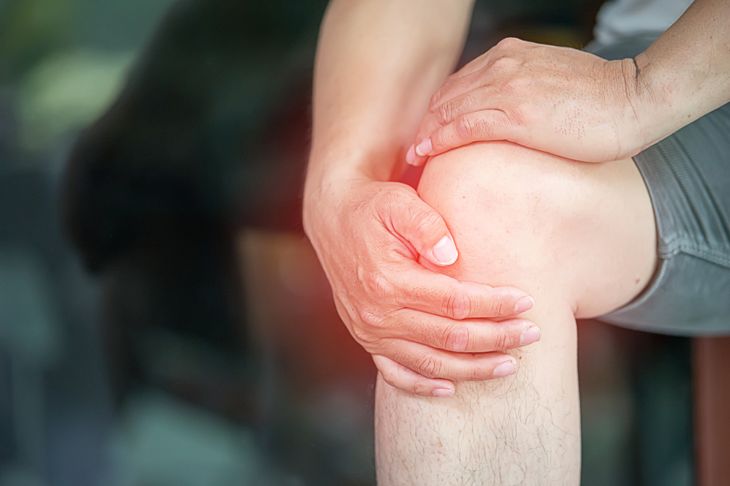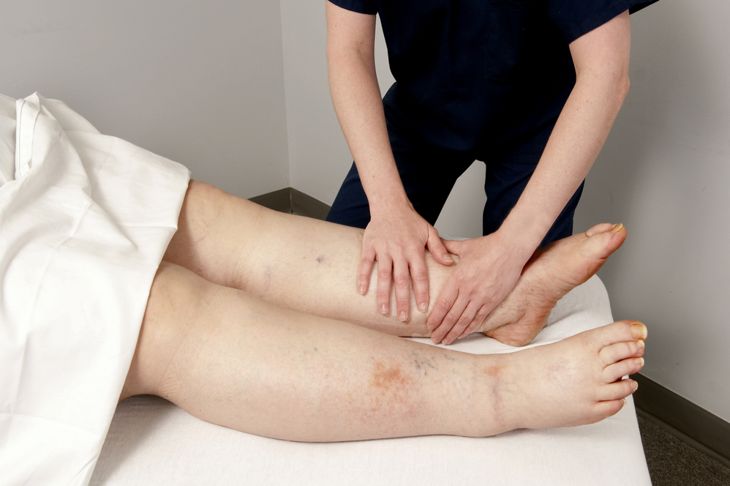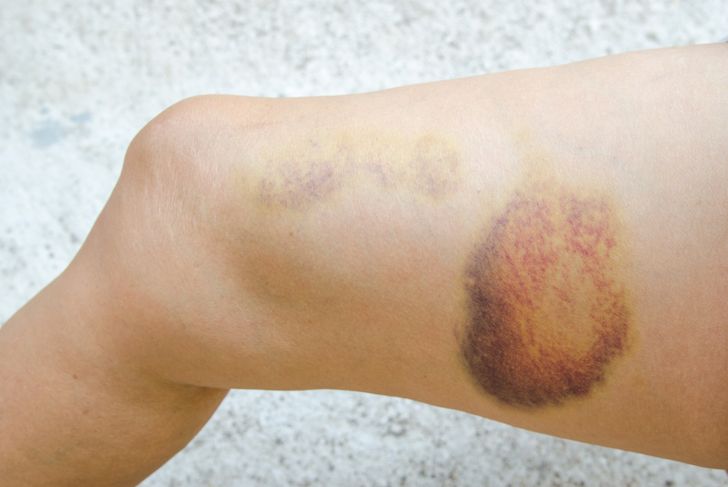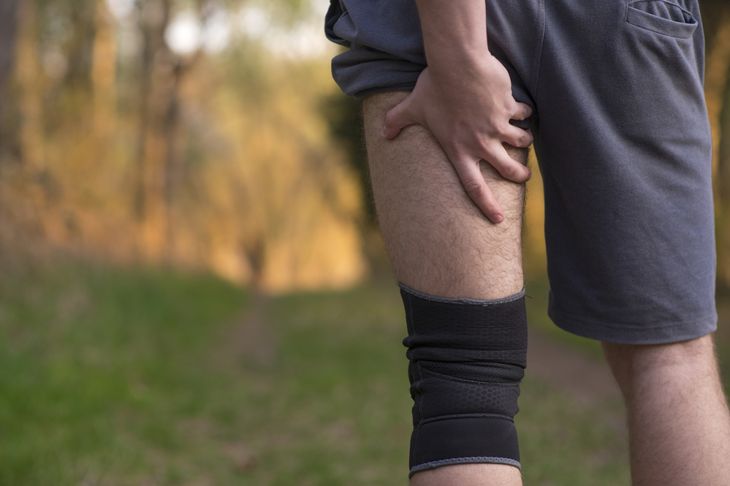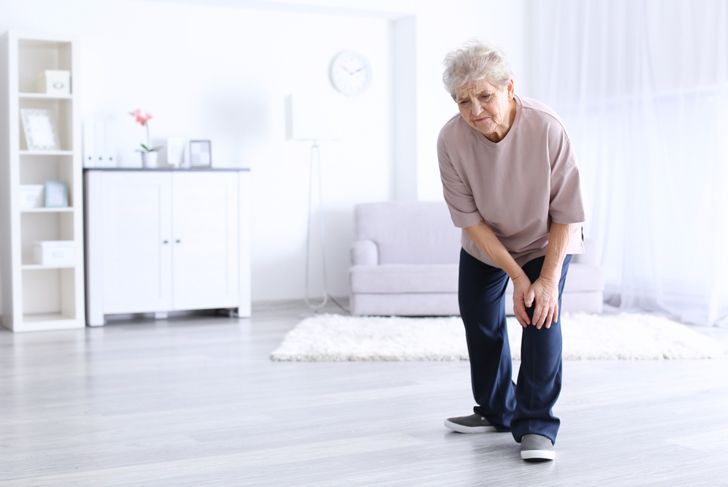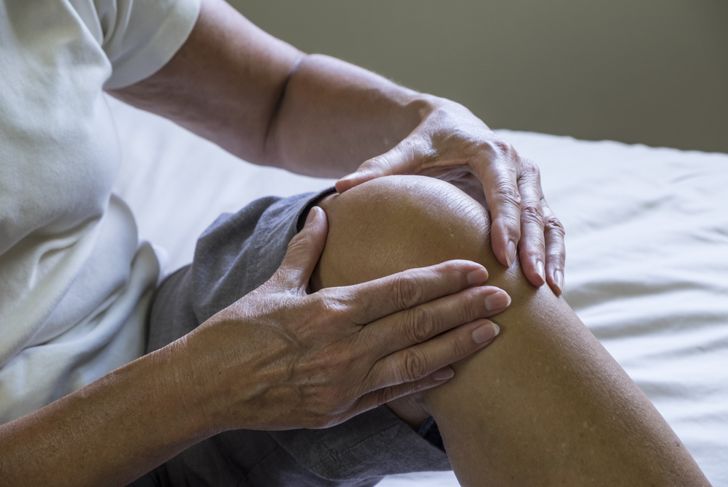The hamstring is one of the most important muscles in the human body. It runs down the back of your thigh and is one of the biggest muscles in the body. Without a proper functioning hamstring, you wouldn’t be able to run. The hamstring also regulates how you bend your knee. Hamstring injuries can be very annoying. Not only are they serious, but they can be nagging for some time. Athletes and people from all walks of life can suffer a lot from these types of mishaps. Preventing hamstring injuries is simple. You have to do a lot of core and leg exercises and warm-ups. To be able to perform even the simplest leg movements, you need a proper warm-up. Also, eating nutritious foods and having a balanced diet strengthens your muscles. But, despite all this, injuries still happen.
A Tearing Sensation
If you strain your hamstring suddenly, you may feel a tearing sensation. This happens when the muscle fibers tear. Your muscle will most likely become numb, followed by intense pain. A common mistake in this situation is continuing to move. Such an action may further damage the muscle. If you stop right away and seek help, you may only need basic treatments. Aggravating such an injury with movement may cause you to need surgery. You may also feel popping, snapping and similar sensations. No matter how non-serious you think it is, you should always seek the help of a medical professional.
Leg Pain
Nerves are closely connected to the muscle which means that any muscle tear results in immense pain. The buttocks may also feel pain. That’s where the hamstring connects to the torso. The pain may end up being worse and worse due to walking and other forms of movement. Getting out of bed, sitting or standing may become more difficult than ever.
Stiffness
We’ve talked about how much pain can interfere with your day-to-day life. Stiffness is another symptom that may greatly affect your well-being. When a muscle becomes stiff, you may lose control of it in a way. It becomes tense, hard to use and doesn’t respond to movement that well. Even going to the bathroom may be a problem. There are always some anti-inflammatory meds, but they can’t solve everything. Just to be safe, be sure to avoid any activities that might further stress your injury. Taking it easy a couple of days may mean a good investment for future health.
Swelling
Swelling is another common occurrence when it comes to injuring your hamstring. This symptom occurs a few hours after the injury, but never right away. You will see the entire muscle become more tender and inflamed. The best bet is to say off that leg for a certain time. You can elevate it and apply ice to ease the pain and make the swelling go away. Some anti-inflammatory meds should be able to nurse you back to health.
Bruising
Bruising is not as common as other symptoms on this list, but it surely can be a problem. When you experience bruising, it’s because blood vessels have ruptured. These vessels are near your skin’s surface which is why they’re so visible. You will see black and blue discoloration and feel pain. Bruising is no big deal. You can treat it easily. You can take medicine for it, or you can put ice on it and wait for it to go away. Either way, you should be careful too. You can aggravate bruising by wearing overly tight clothes. Avoid that, and you’ll be fine.
Inability to bear weight
Some slighter hamstring injuries may allow you to walk or even jog. These are the so-called best case scenario. In worse cases, you may not even be able to bear weight. Your body takes support from your legs, so walking can be a big problem. The muscle will feel weak and unable to tense up. Walking too much may make the tear deeper and may seriously hinder you walking. You should stop doing everything and rest. It will give you hamstring room to relax and heal. Experiencing pain should be a direct sign that you should stop physical activity.
Difficulty when bending the knee
Since the hamstring is directly connected to the knee, this may be a problem. Whenever you raise your leg or do any movement with your knee, the hamstring activates. All those regular, everyday activities may become problems. That’s why it’s best to sit back and take a look at the situation. Rest is a priority. Because of this, more problems may arise. Since one of the biggest muscles in the body is unable to function, your knee may crumble. All the weight may fall on it and cause an even worse injury.
A decreased vertical leap
This symptom is usually seen in athletes. Sports like basketball, track and field, and gymnastics require a lot of jumping. Along the years, if you’ve trained well, you will probably know how much you can jump. Hamstring injuries may hinder that ability of yours. By knowing your body and capabilities, you can assess the magnitude of the injury. If you’ve fallen recently of experienced a strain, you know why you can’t jump that high anymore. The best decision would be to take a substantial amount of rest and apply care to the aggravated area.
Having a hard time changing directions
Sports like tennis, basketball, and soccer require a lot of active movement. When you shift paces, you move your knees a lot. Each of those movements makes the hamstrings work like they never did before. An injury is bound to make you slow and less capable of performing some tasks. Your lateral movement will suffer because of any hamstring strain or tear. The best bet would be to consult with your coach or a physician.
Knee swelling
Like we’ve said before, the hamstring is important for supporting the weight of the body. If something happens to it and it isn’t able to support the torso, all the weight will fall on your knee. It isn’t built to support all of the body’s weight, so it will start to swell. If you experience this, it’s best to call in sick and rest for a few days. Putting too much strain on the knees can have devastating consequences.

 Home
Home Health
Health Diet & Nutrition
Diet & Nutrition Living Well
Living Well More
More

